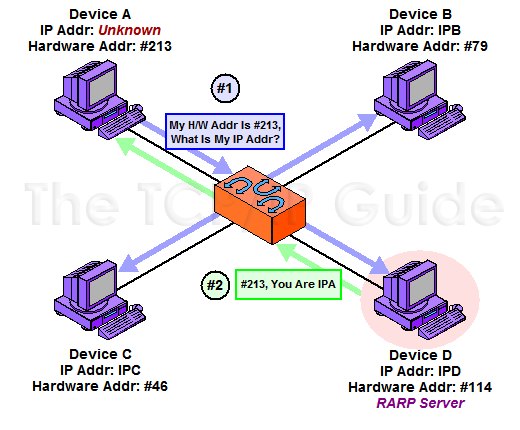 |
|
Please Whitelist This Site?
I know everyone hates ads. But please understand that I am providing premium content for free that takes hundreds of hours of time to research and write. I don't want to go to a pay-only model like some sites, but when more and more people block ads, I end up working for free. And I have a family to support, just like you. :)
If you like The TCP/IP Guide, please consider the download version. It's priced very economically and you can read all of it in a convenient format without ads.
If you want to use this site for free, I'd be grateful if you could add the site to the whitelist for Adblock. To do so, just open the Adblock menu and select "Disable on tcpipguide.com". Or go to the Tools menu and select "Adblock Plus Preferences...". Then click "Add Filter..." at the bottom, and add this string: "@@||tcpipguide.com^$document". Then just click OK.
Thanks for your understanding!
Sincerely, Charles Kozierok
Author and Publisher, The TCP/IP Guide
|
|
|

Custom Search
|
 |
The TCP/IP Guide 9 TCP/IP Lower-Layer (Interface, Internet and Transport) Protocols (OSI Layers 2, 3 and 4) 9 TCP/IP Network Interface / Internet "Layer Connection" Protocols |
|
Reverse Address Resolution and the TCP/IP Reverse Address Resolution Protocol (RARP)
(Page 2 of 4)
The Reverse Address Resolution Protocol (RARP)
The first method devised to address the bootstrapping problem in TCP/IP was the backwards use of ARP I mentioned above. This technique was formalized in RFC 903, A Reverse Address Resolution Protocol (RARP), published in 1984. Where ARP allows device A to say “I am device A and I have device B's IP address, device B please tell me your hardware address”, RARP is used by device A to say “I am device A and I am sending this broadcast using my hardware address, can someone please tell me my IP address?”.The two-step operation of RARP is illustrated in Figure 52.
|
The next question then is: who knows A's IP address if device A doesn't? The answer is that a special RARP server must be configured to listen for RARP requests and issue replies to them. Each physical network where RARP is in use must have RARP software running on at least one machine.
RARP is not only very similar to ARP, it basically is ARP. What I mean by this is that RFC 903 doesn't define a whole new protocol from scratch, it just describes a new method for using ARP to perform the opposite of its normal function. RARP uses ARP messages in exactly the same format as ARP, but uses different opcodes to accomplish its reverse function. Just as in ARP, a request and reply are used in an exchange. The meaning of the address fields is the same too: the sender is the device transmitting a message while the target is the one receiving it.
|
|
| |||||||||||||||||||
Home - Table Of Contents - Contact Us
The TCP/IP Guide (http://www.TCPIPGuide.com)
Version 3.0 - Version Date: September 20, 2005
© Copyright 2001-2005 Charles M. Kozierok. All Rights Reserved.
Not responsible for any loss resulting from the use of this site.







 Key Concept: The Reverse Address Resolution Protocol (RARP) is the earliest and simplest protocol designed to allow a device to obtain an IP address for use on a TCP/IP network. It is based directly on ARP and works in basically the same way, but in reverse: a device sends a request containing its hardware address and a device set up as an RARP server responds back with the device’s assigned IP address.
Key Concept: The Reverse Address Resolution Protocol (RARP) is the earliest and simplest protocol designed to allow a device to obtain an IP address for use on a TCP/IP network. It is based directly on ARP and works in basically the same way, but in reverse: a device sends a request containing its hardware address and a device set up as an RARP server responds back with the device’s assigned IP address.